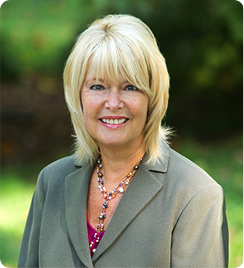
“I don’t want to get to the end of my life and find that I lived just the length of it.
I want to have lived the width of it as well.”
Resources for Second Half of Life Well-Being
Through my studies I’ve discovered many books and websites to help us in creating a meaningful life. Enjoy these guides as you journey down your paths.
- authentichappiness.org: free assessments
- Composing a Further Life by Mary Catherine Bateson
- The Blue Zones and Thrive by Dan Buettner, bluezones.com
Dan Buettner’s research of the longest living cultures. Here’s a brief introduction to the nine behaviors for living longer and better:- Move: Find ways to move mindlessly, make moving unavoidable
- Plan de Vida: Know your purpose in life
- Down shift: Work less, slow down, rest, take vacations
- 80% Rule: Stop eating when you’re 80% full
- Plant Power: More veggies, less protein/processed foods
- Red wine in moderation
- Belong: Create a healthy social network
- Beliefs: Spiritual or religious participation
- Your Tribe: Make family a priority
- The Longevity Revolution by Robert N. Butler, MD
According to Dr. Robert Butler, 75% of causes of death are within our control, 25% are genetic. Science tells us that after our mid-50’s, 75% of aging is controlled by our lifestyle choices: activity, drinking, smoking, diet, sleep, friends, staying involved. - The Mature Mind by Gene Cohen, MD
According to Dr. Gene Cohen, we continue to develop brain cells as we age especially if we challenge our minds. Participate in creative arts. Challenge yourself to learn new things: language, an instrument. Learning changes the brain and improves resiliency. - Positivity by Barbara Fredrickson
Have three positive interactions for each negative one. - The Big Shift by Marc Freedman
- Something to Live For: Finding your Way in the Second Half of Life
by Richard Leider - Live Smart after 50! The Experts’ Guide to Life Planning for Uncertain Times by The Life Planning Network
- The How of Happiness and The Myths of Happiness by Sonia Lyubomirsky
Genetic happiness set point accounts for 50% of our happiness potential, 10% is influenced by life experiences, 40% depends on our intentional behavior and thinking. To feel happy, life experiences trump material goods. - Revitalizing Retirement by Nancy Schlossberg
- Don’t Retire, Rewire by Jeri Sedlar and Rick Miners
Find out the motivators that drive you. - Flourish by Martin E. P. Seligman
Well-Being = Positive Emotions + Engagement + Relationships +
Meaning + Accomplishment - The Couple’s Retirement Puzzle by Roberta Taylor and Dorian Mintzer
10 must-have conversations - whatsnext.com: free assessments






